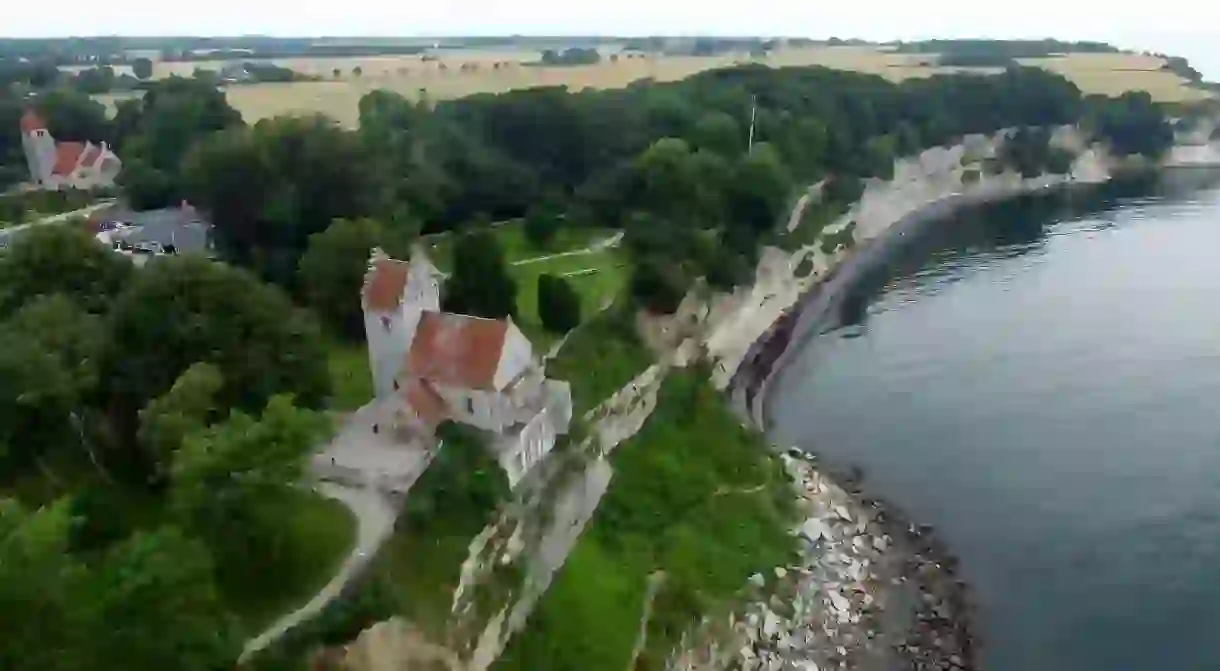Stevns Klint Is Denmark's Latest UNESCO Site You Should Visit

Stevns Klint, a 15-kilometer cliff on the island of Zealand in Denmark, is a real testimony of what happened on Earth approximately 65 million years ago when the geologic period known as the Cretaceous Period ended and dinosaurs went extinct. The remarkable UNESCO Heritage Site is a must-visit not only for fossil hunters and history buffs but for anyone interested in seeing a part of the Earth’s history from up close.
During the Cretaceous Period which started 145 million years ago and ended 66 million years ago, eustatic sea levels created numerous shallow inland seas and oceans. It also led to the creation of marine reptiles, birds, and plants appeared on earth.
According to researchers, when the Chicxulub meteorite crashed on earth, over 50% of all life was eradicated, marking our planet’s most notable mass extinction.
Due to Stevns Klint’s geologic formation, specifically the cliff’s thin layer of fish clay, scientists were able to discover which plants and animals survived the meteorites strike. They were able to record the taxa that became extinct as well as study how this asteroid affected the earth’s biodiversity.
Being such a significant testimony of the history of life on Earth, the 40-meter-high cliff was included on the UNESCO’s World Heritage List in 2014.

Things to do at Stevns Klint
Walk down the 100 steps that will take you to the foot of the cliff and see from up close the fish clay layer that proves that millions of years ago an asteroid wiped out life on earth. There are fossils all over the beach, so geologists and fossil collectors often spend hours in the area looking for petrified remains. However, most visitors prefer to stop by the Geomuseum Faxe, located at Faxe Limestone Quarry, and take a stroll through the exhibitions that display fossils of sharks, crocodiles, and other animals.

As the area’s landscape is as impressive as Stevns Klint itself, make sure to roam around and discover all the rare plants that grow on top of the cliff. Visit Højerup Gamle Kirke, a 13th-century church located on the edge of the white cliff or stand at the historic church’s small balcony and enjoy the spectacular view over the Baltic Sea.
At Stevns Klint’s highest point stands Stevns Lighthouse, a 27-meter-tall lighthouse that was built in 1878. Today, it’s a popular location among birdwatchers as millions of migratory birds fly by during spring and autumn creating a unique spectacle.
Finish your trip at Stevns Klint with a refreshing beverage and a traditional Danish dish at Traktoerstedet Hoejeruplund. The popular restaurant serves breakfast until 3 pm and lunch until 8 in the evening.













